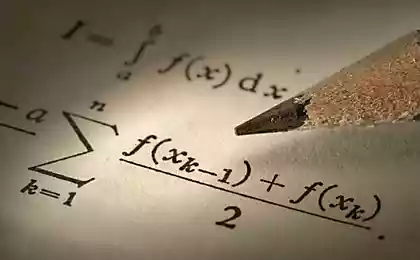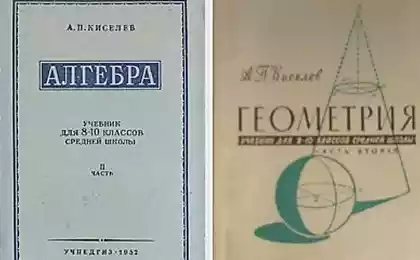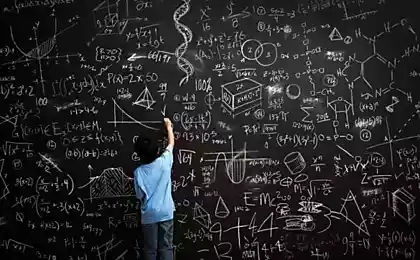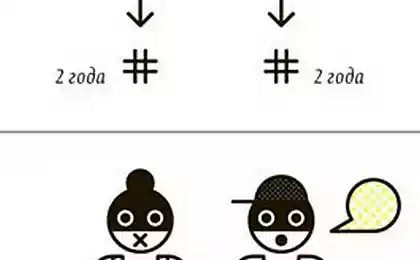191
Prove you're smarter than a second grader by cracking down on a cunning example
It happens that the most difficult is unexpectedly the simplest. And we're not talking about the recipe for human happiness and the secrets of atomic nuclei. Let us take the order of action in examples. It takes place in primary school and should be remembered for a lifetime.

But nevertheless, millions of people on the Internet over and over again break spears around rather simple mathematical expressions. And the amazing variety of answers calls into question the very status of mathematics as the queen of the exact sciences. We offer you the opportunity to test yourself, name the correct answer and refresh the memory of forgotten knowledge from old school textbooks.
Seeing the proposed example on Facebook, I honestly was confused. Nearly 8 million comments on a three-act problem? What's there to argue about? It's math!
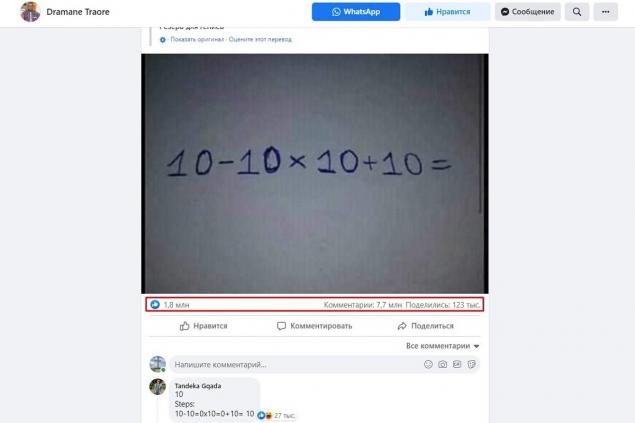
However, reality often surpasses even the wildest fantasies. And the answers of users of the social network simply put at a dead end. Consider the most common, preserving the logic and writing of their authors.
I think everyone commenting at least got to 4th grade. Thank God I passed. 10 − 10 × 10 + 10 = 0 × 10 + 10 = 0 + 10 = 10?

"Good answer is 10," one commenter claims. In numerology, 10 is a good number that promises good luck and happiness. But is 10 the right answer?
Scrolling the tape further. “It's very simple. To solve the problem, we do (10 – 10) × (10 + 10) = 0 × 20 = 0, whereas any number × 0 = 0. The result is 0! ?
“According to the rules, first of all 10 × 10 = 100. 10 – 100 because 100 is greater = 90 and 90 + 10 = 100.? Hmm. It’s hard to disagree with the first part, but then logic waves its pen to us and is completely lost sight of. And we keep going.
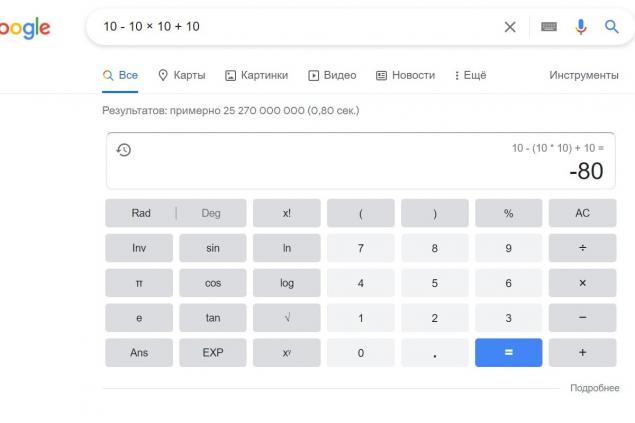
Experienced users took a special path and asked for advice from Google Calculator. The smart program immediately enclosed 10×10 in brackets and gave the answer "-80".
What do the rules say? The order of calculation of expressions is determined by two simple rules. First, in the absence of brackets, actions are performed in order from left to right. Secondly, multiplication and division are performed first, and then addition and subtraction.

If there are brackets in the expression, then first the actions are performed in brackets, then in the prescribed order - multiplication and division, then addition and subtraction. There are no brackets in this example, but there is subtraction, multiplication and addition. Keeping in mind the priority of multiplication, let’s start with it.
10 - 10 × 10 + 10 = 10 - 100 + 10
Now all that's left is addition and subtraction, which we do from left to right. Subtraction comes first when we look at the equation from left to right, so we subtract first.
10 - 10 × 10 + 10 = 10 - 100 + 10 = -90 + 10
Finally, the final step is addition.
10 - 10 × 10 + 10 = 10 - 100 + 10 = -90 + 10 = -80
Answer: -80. What was your result? Perhaps we miscalculated somewhere and made a mistake? Give me your opinion on that.

Recall that not so long ago, the real turmoil on the Internet caused another example: 8/2 (2 + 2) =? Some users claim that in the end it should be sixteen. Others consider the correct answer to be one. They both make their case. But which one is right?

But nevertheless, millions of people on the Internet over and over again break spears around rather simple mathematical expressions. And the amazing variety of answers calls into question the very status of mathematics as the queen of the exact sciences. We offer you the opportunity to test yourself, name the correct answer and refresh the memory of forgotten knowledge from old school textbooks.
Seeing the proposed example on Facebook, I honestly was confused. Nearly 8 million comments on a three-act problem? What's there to argue about? It's math!

However, reality often surpasses even the wildest fantasies. And the answers of users of the social network simply put at a dead end. Consider the most common, preserving the logic and writing of their authors.
I think everyone commenting at least got to 4th grade. Thank God I passed. 10 − 10 × 10 + 10 = 0 × 10 + 10 = 0 + 10 = 10?

"Good answer is 10," one commenter claims. In numerology, 10 is a good number that promises good luck and happiness. But is 10 the right answer?
Scrolling the tape further. “It's very simple. To solve the problem, we do (10 – 10) × (10 + 10) = 0 × 20 = 0, whereas any number × 0 = 0. The result is 0! ?
“According to the rules, first of all 10 × 10 = 100. 10 – 100 because 100 is greater = 90 and 90 + 10 = 100.? Hmm. It’s hard to disagree with the first part, but then logic waves its pen to us and is completely lost sight of. And we keep going.

Experienced users took a special path and asked for advice from Google Calculator. The smart program immediately enclosed 10×10 in brackets and gave the answer "-80".
What do the rules say? The order of calculation of expressions is determined by two simple rules. First, in the absence of brackets, actions are performed in order from left to right. Secondly, multiplication and division are performed first, and then addition and subtraction.

If there are brackets in the expression, then first the actions are performed in brackets, then in the prescribed order - multiplication and division, then addition and subtraction. There are no brackets in this example, but there is subtraction, multiplication and addition. Keeping in mind the priority of multiplication, let’s start with it.
10 - 10 × 10 + 10 = 10 - 100 + 10
Now all that's left is addition and subtraction, which we do from left to right. Subtraction comes first when we look at the equation from left to right, so we subtract first.
10 - 10 × 10 + 10 = 10 - 100 + 10 = -90 + 10
Finally, the final step is addition.
10 - 10 × 10 + 10 = 10 - 100 + 10 = -90 + 10 = -80
Answer: -80. What was your result? Perhaps we miscalculated somewhere and made a mistake? Give me your opinion on that.

Recall that not so long ago, the real turmoil on the Internet caused another example: 8/2 (2 + 2) =? Some users claim that in the end it should be sixteen. Others consider the correct answer to be one. They both make their case. But which one is right?
Do you need to pay a discount if you are an English teacher?
Improperly used Soviet garlic, grandmother showed what a reliable unit is capable of
